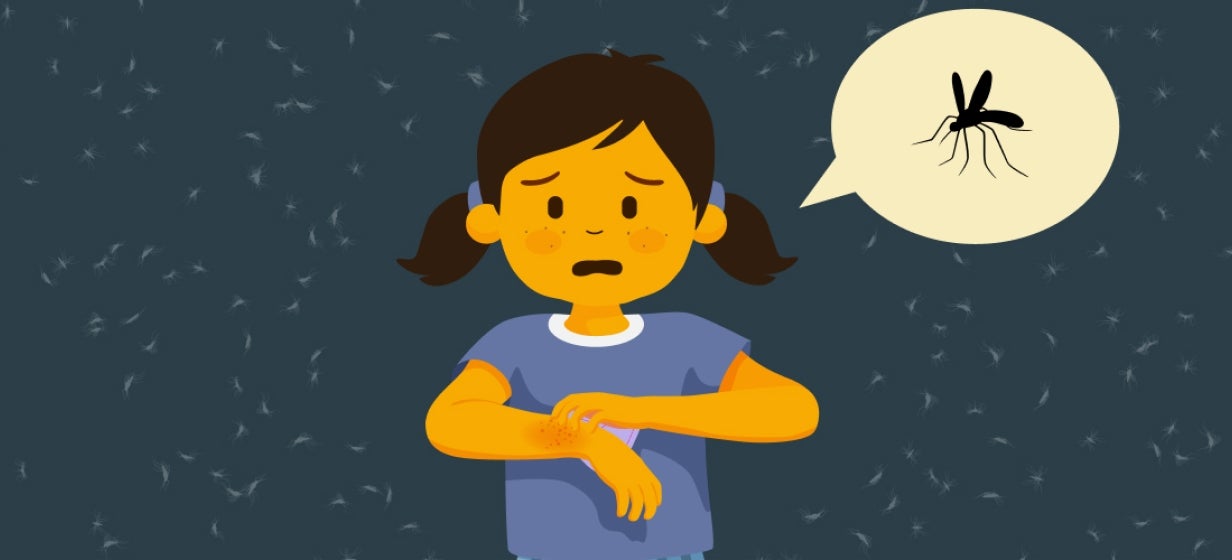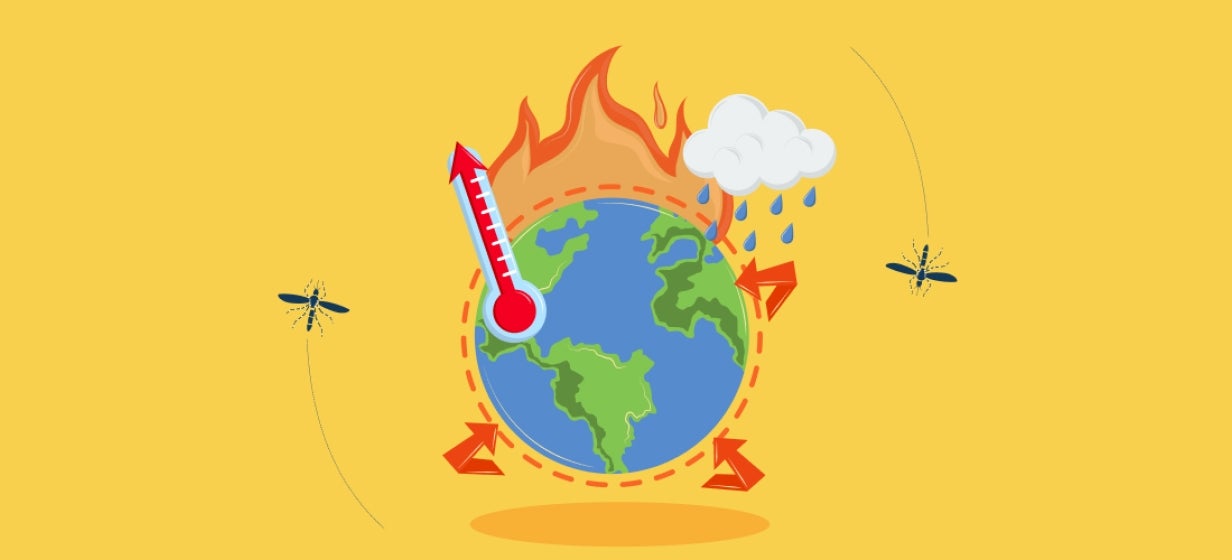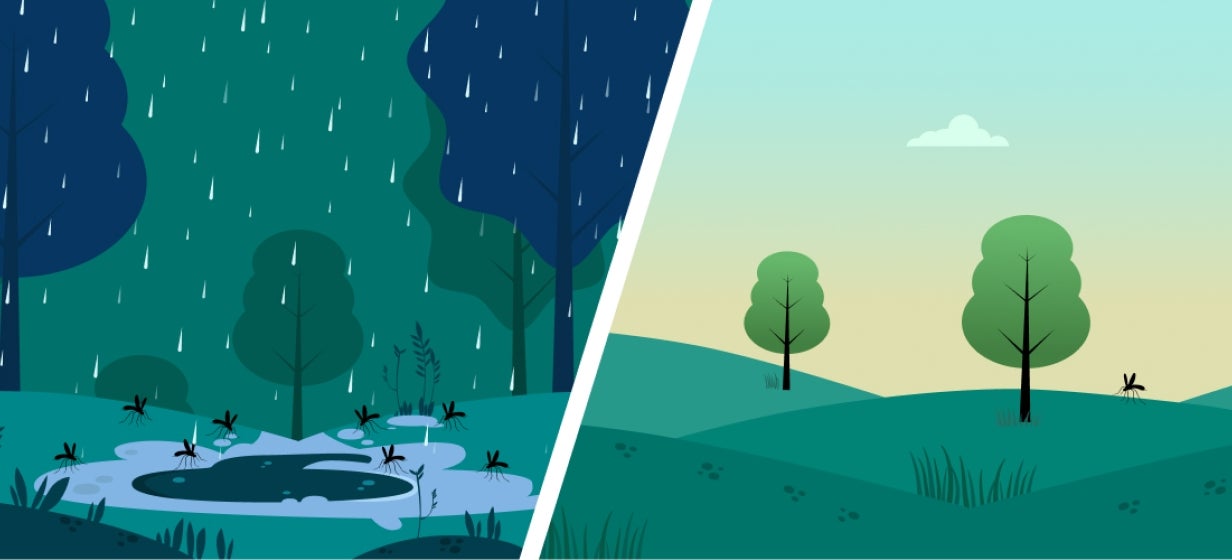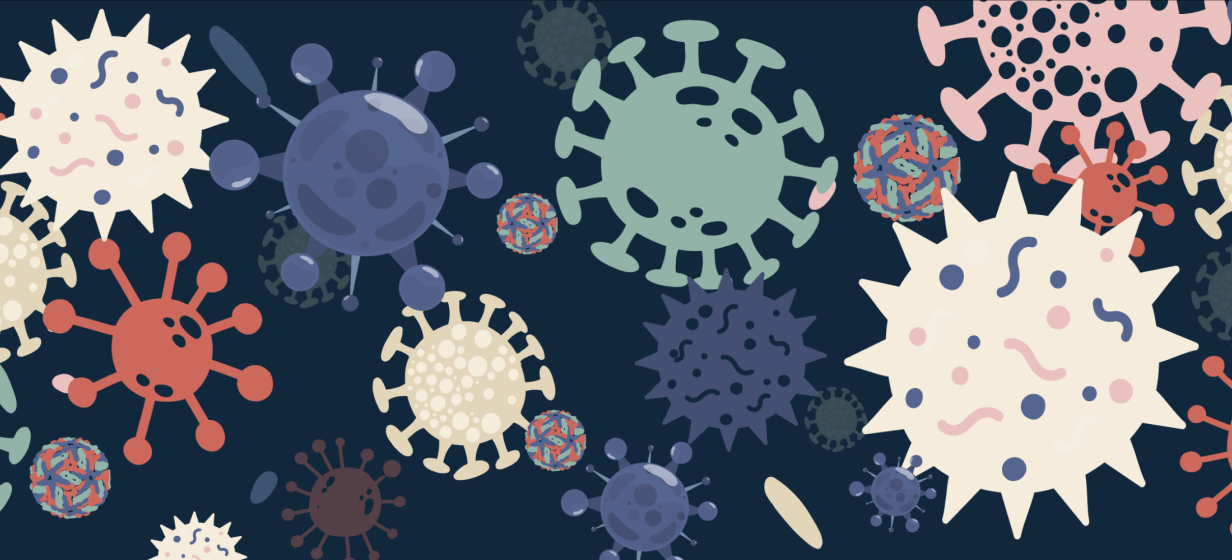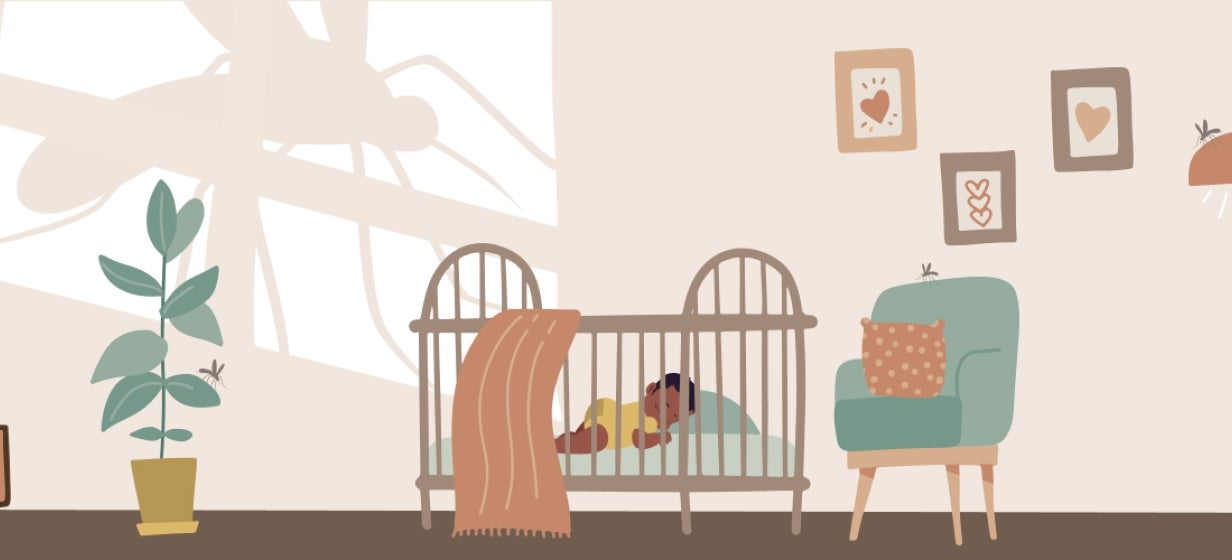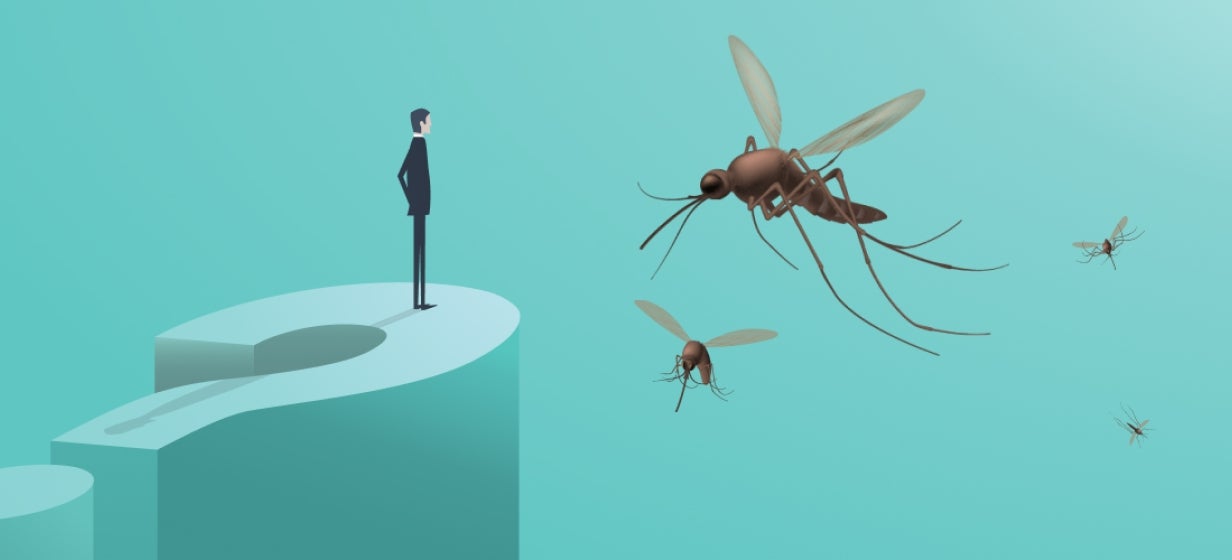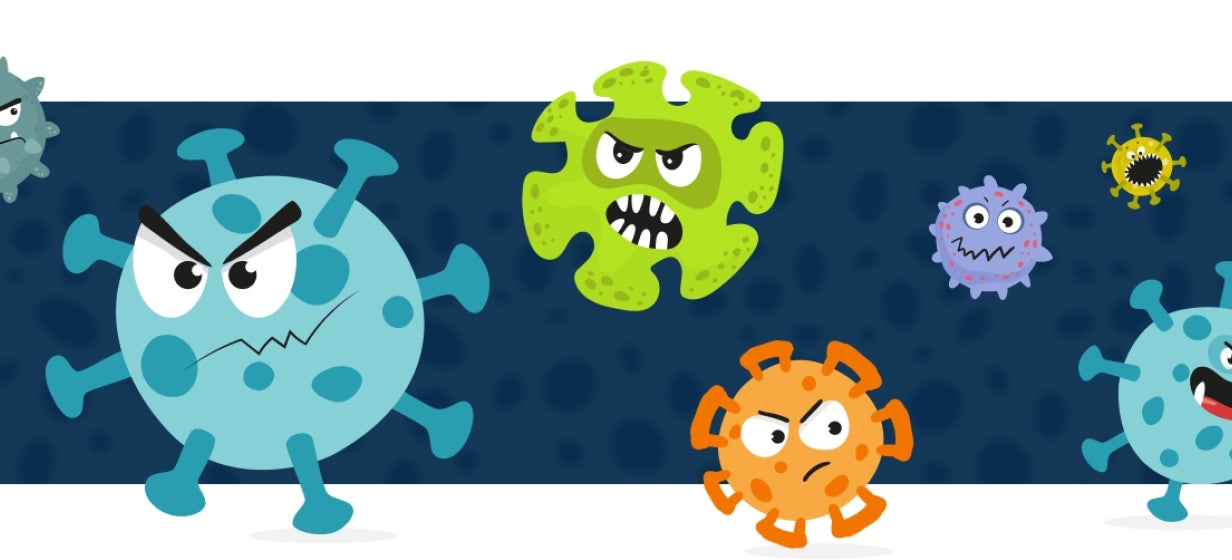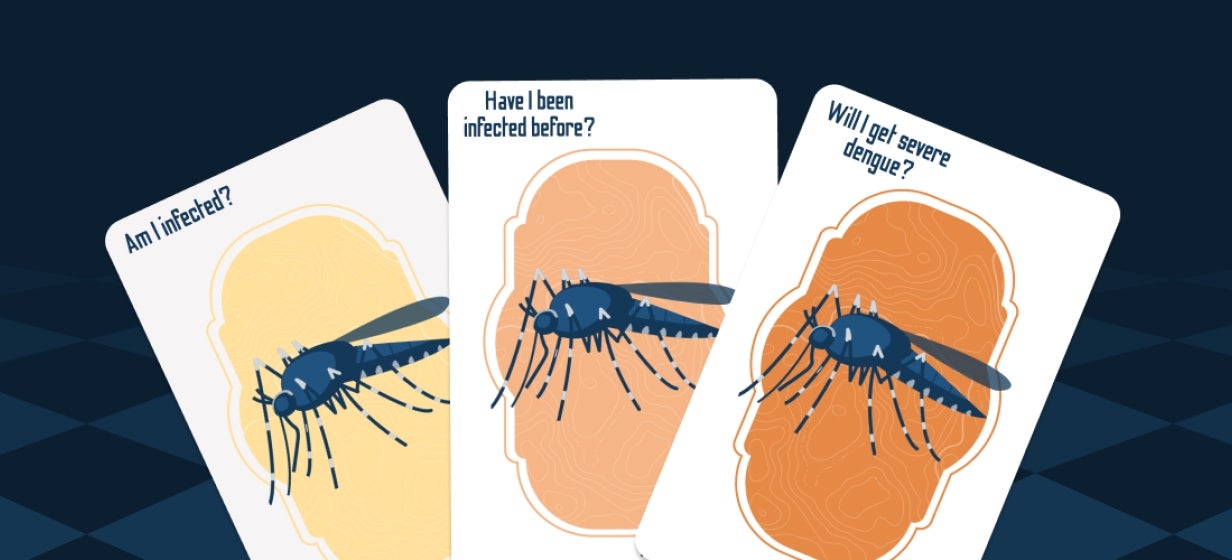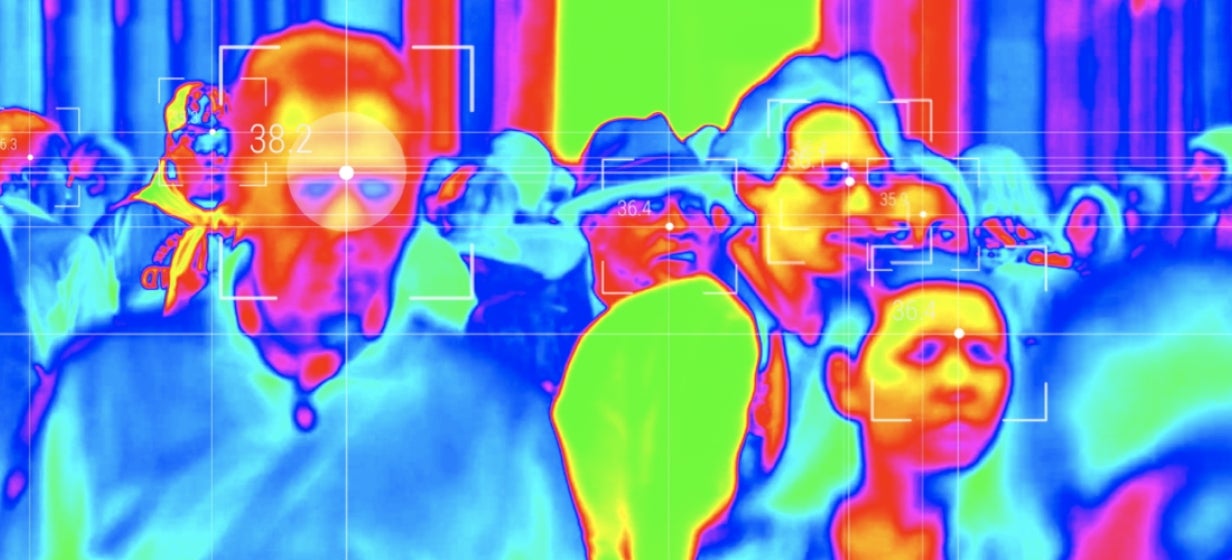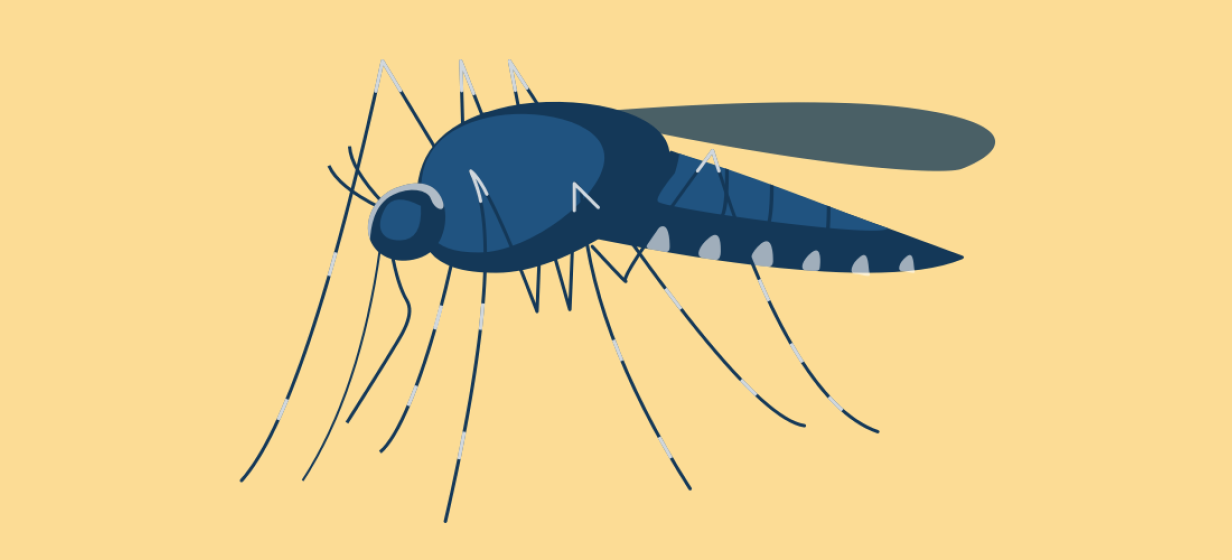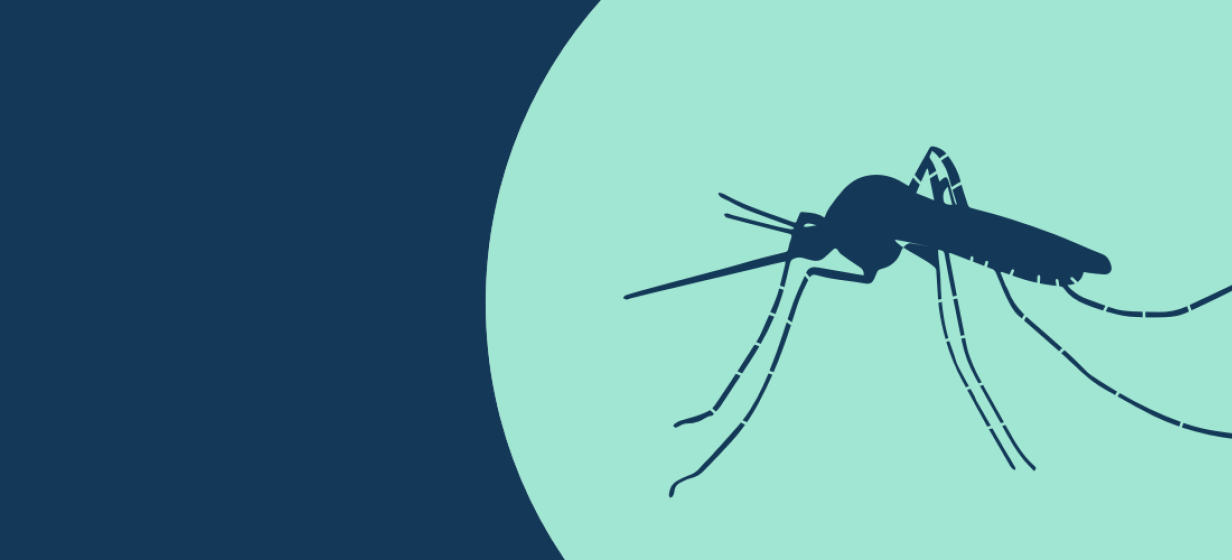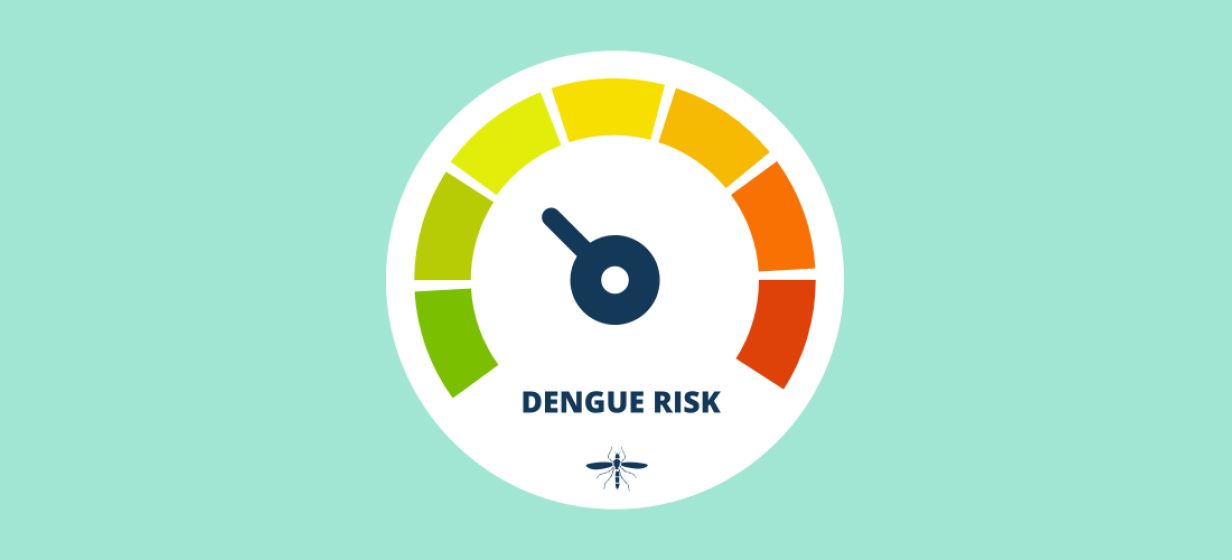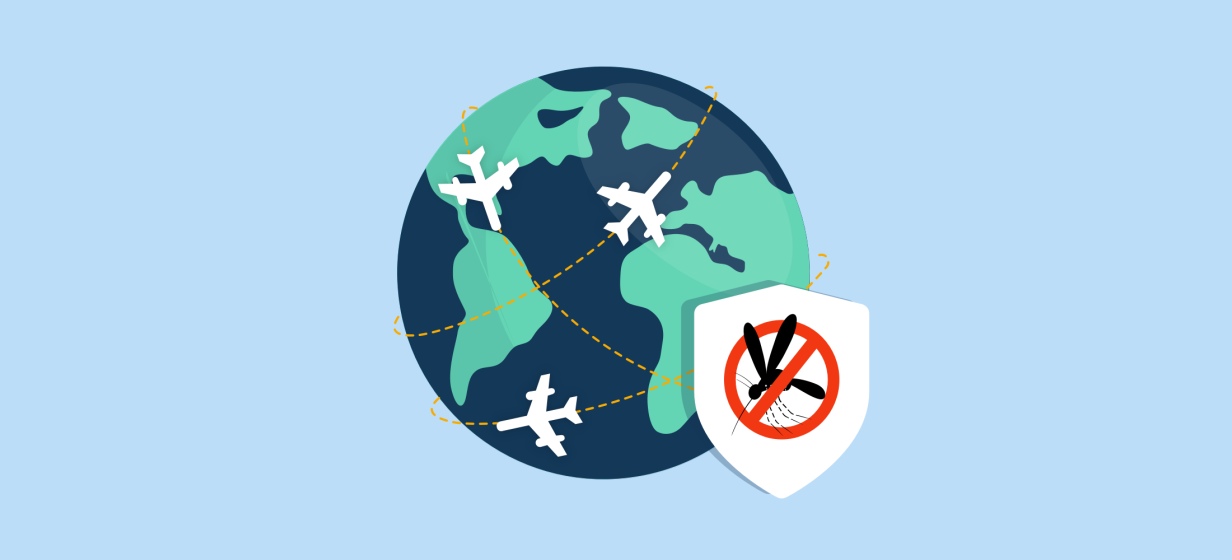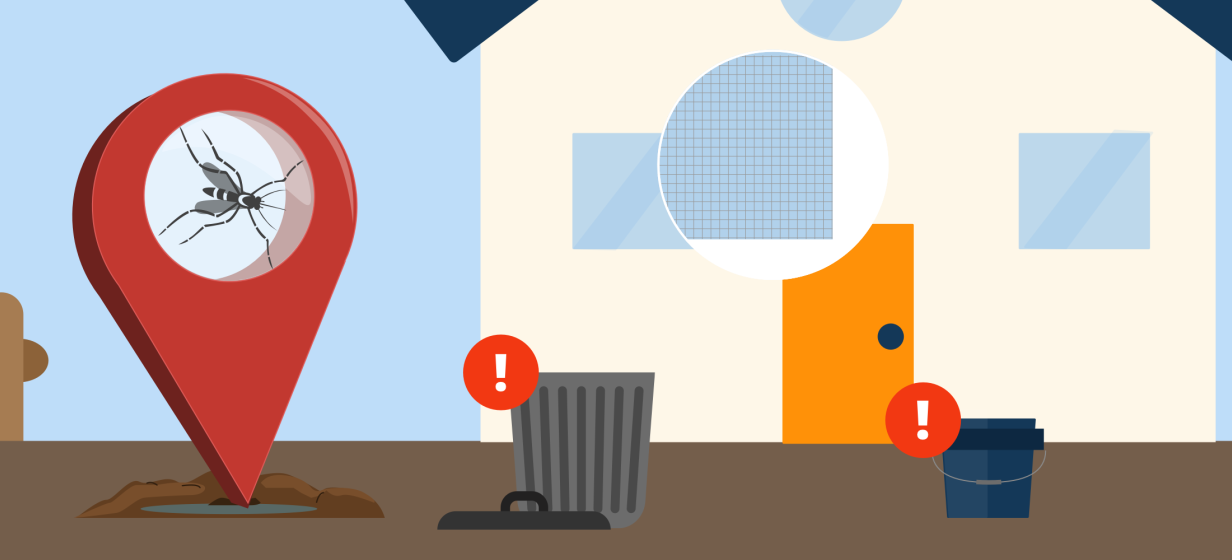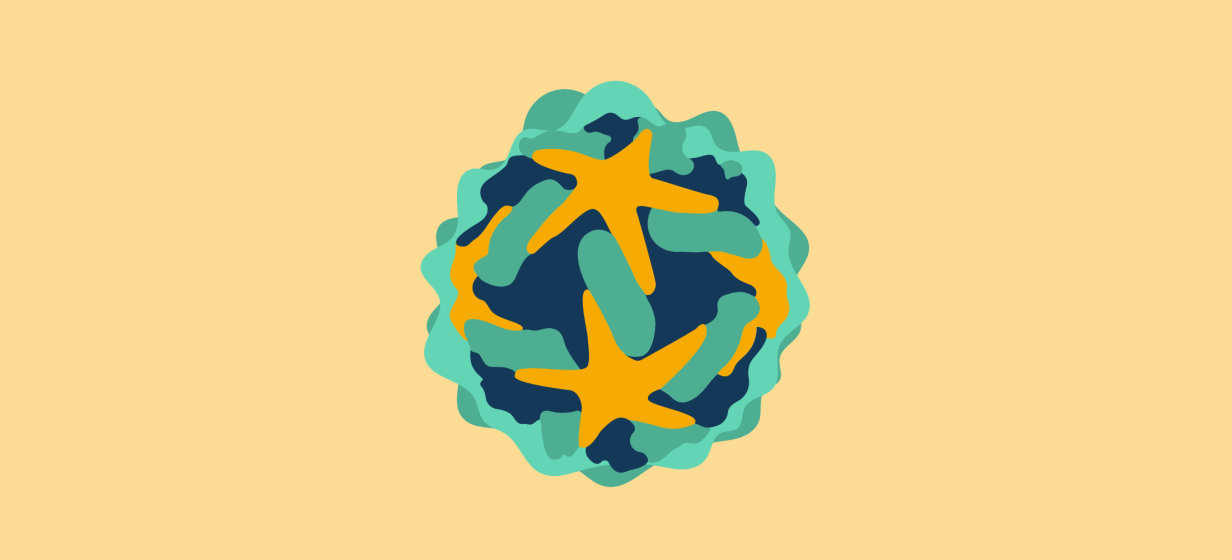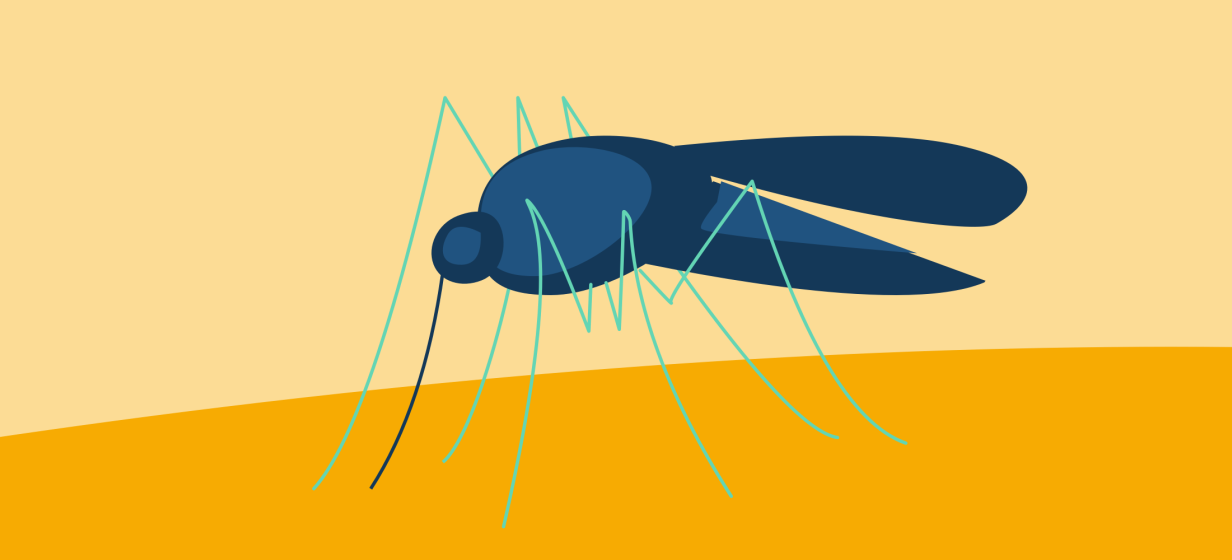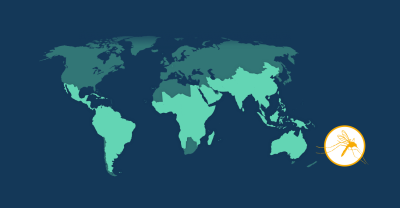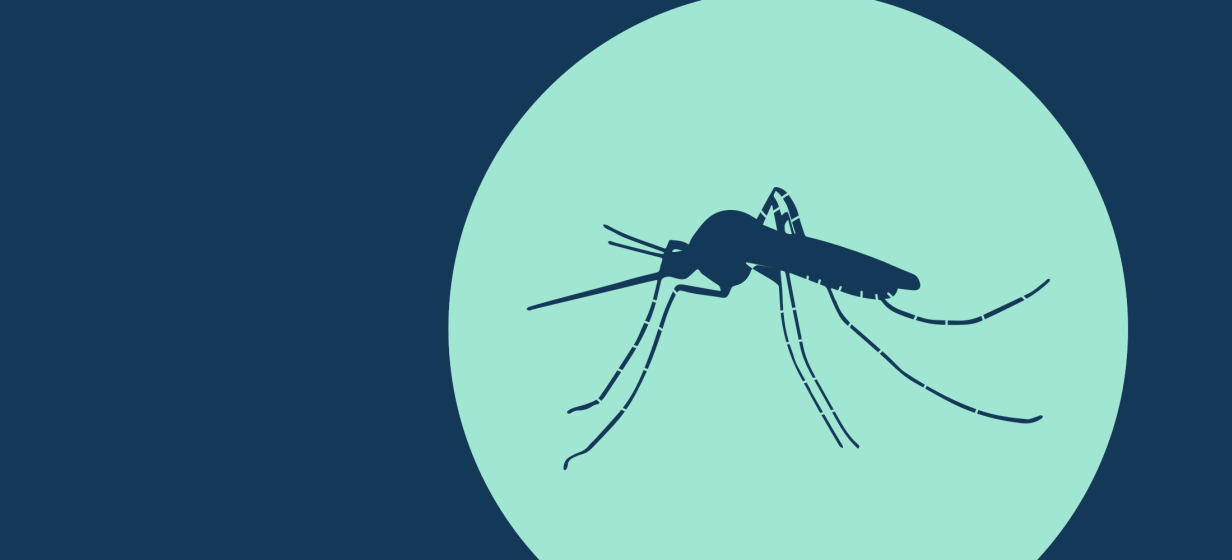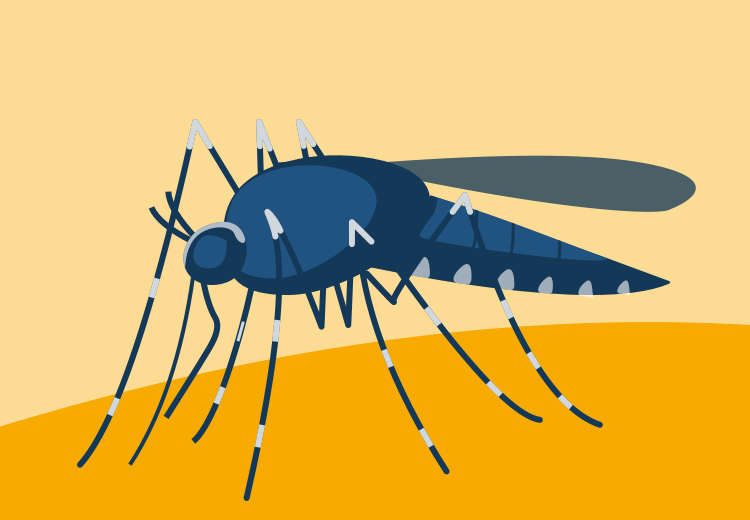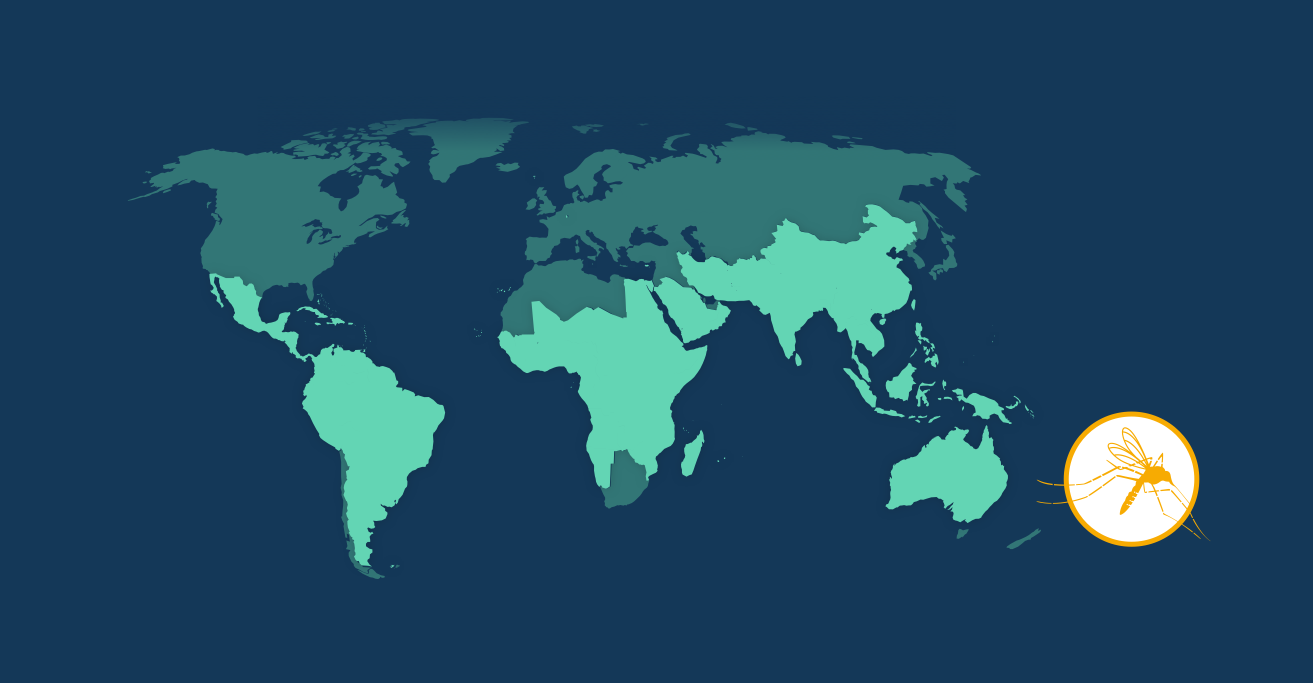
Dengue is the most rapidly spreading mosquito-borne disease in the world, with 30 times as many cases seen today compared to 50 years ago.1
Dengue cases are increasing because of human activity.
The Aedes mosquitoes, which can transmit the dengue virus, thrive in areas where humans live. Villages, towns, and cities have expanded rapidly in the last 20 years, particularly in Asia and Latin America.2
This urbanization often creates more mosquito breeding sites. It also causes overcrowding, which means each infected mosquito can reach more people to bite and potentially infect.2
Infected travelers can carry the dengue virus far and wide.3 People are more mobile than ever before, traveling nationally and internationally, which can enable dengue to spread faster and farther.

Dengue is the second most common cause of fever in unwell travelers after malaria.3
Mosquito eggs and larvae can travel too – usually hitching a lift in goods that hold water and are transported internationally, like used tires and bamboo.2,3
As temperatures rise around the world, the damp and warm conditions that mosquitoes prefer are expanding, helping them to establish new habitats.4
Dengue is usually spread by the Aedes aegypti mosquito, which needs warmer temperatures to live and breed. But a different type of Aedes mosquito, Aedes albopictus, can also transmit dengue. This mosquito can survive in colder temperatures and is helping to spread dengue to places like the US and Europe.2,3

















